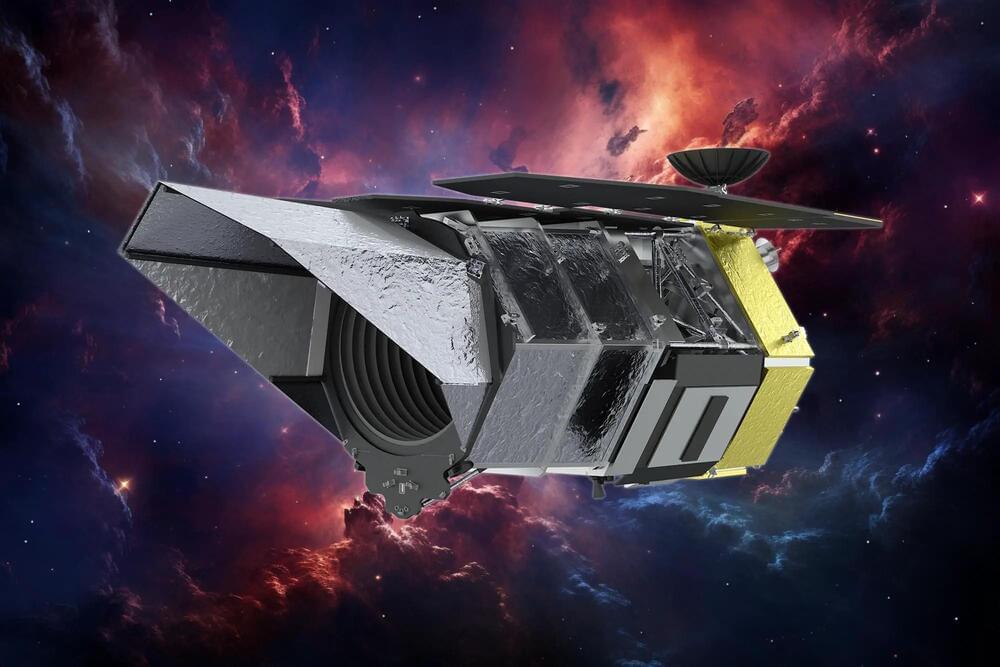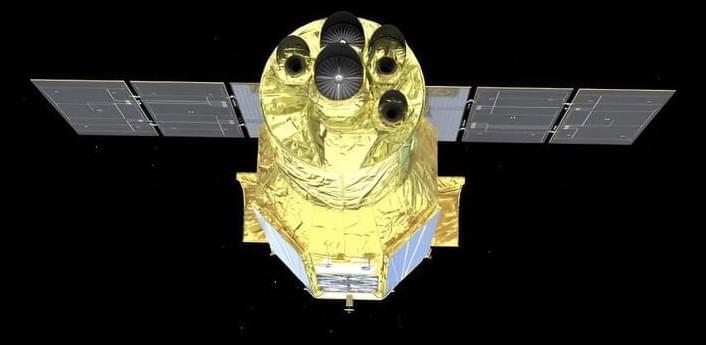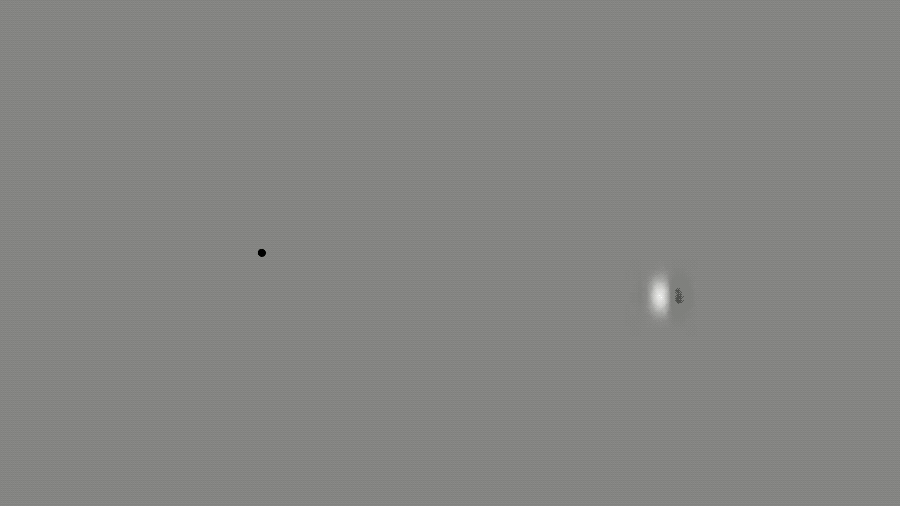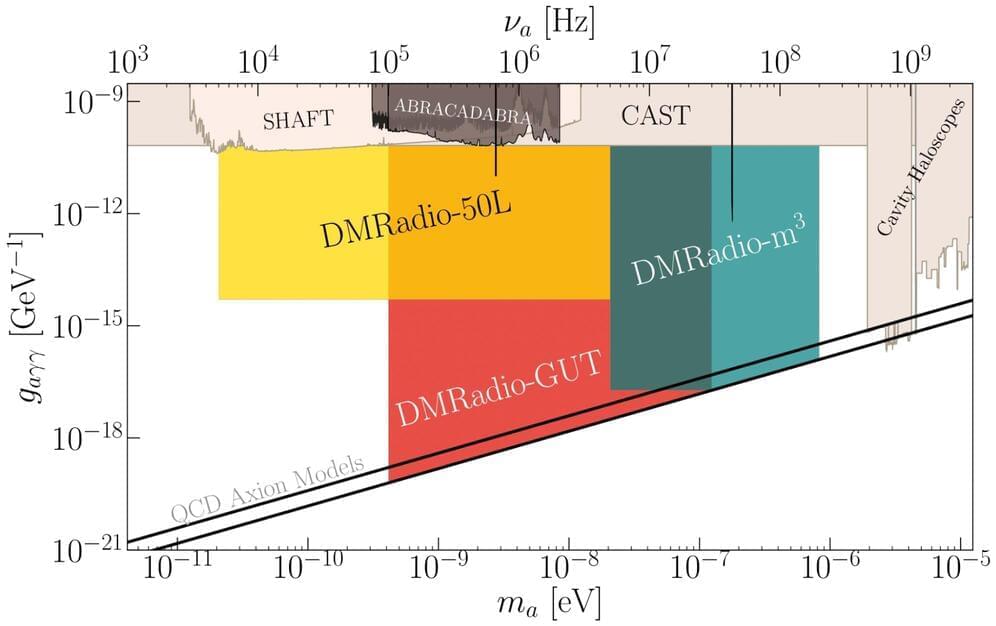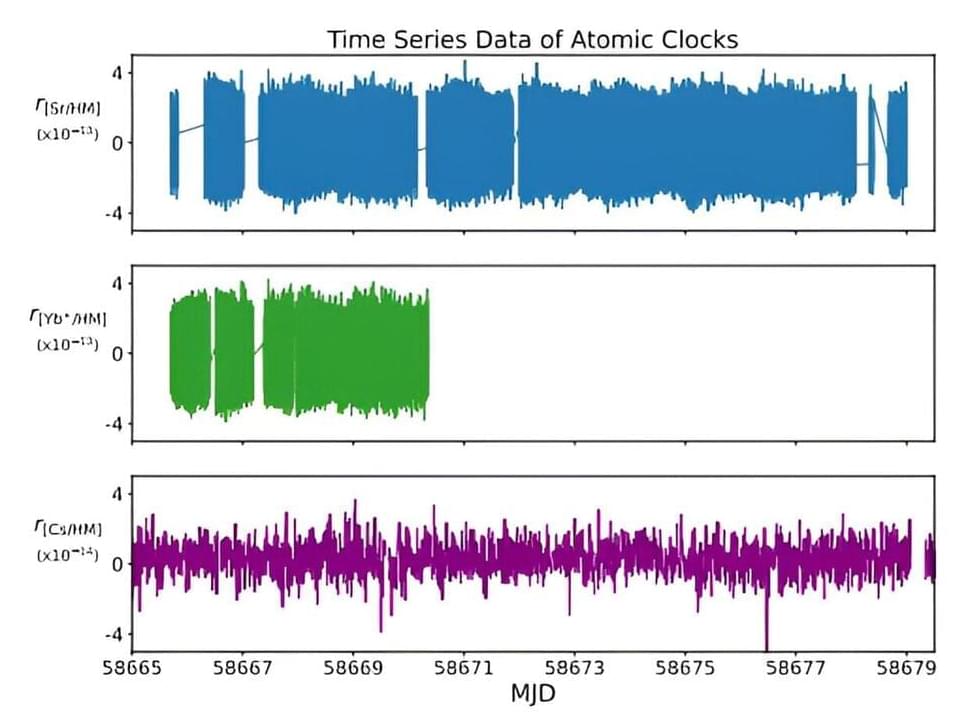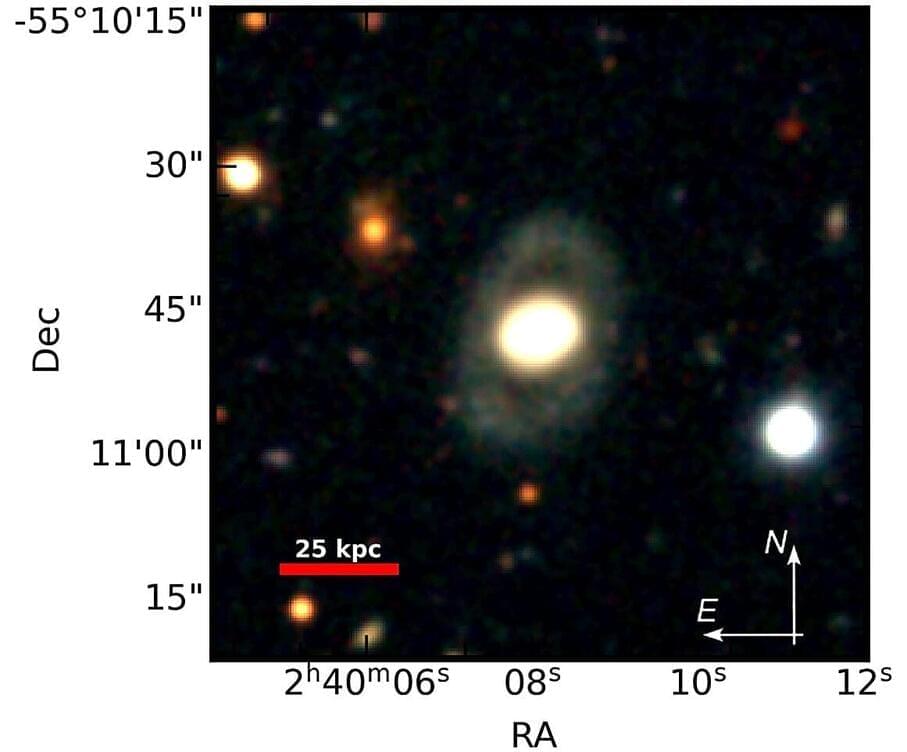Roman Space Telescope team is integrating a complex electrical harness, crucial for the spacecraft’s communication and power. After a detailed two-year construction and a preparatory “bakeout” process, assembly into the spacecraft is ongoing, with future installations planned for power components.
NASA’s Nancy Grace Roman Space Telescope team has begun integrating and testing the spacecraft’s electrical cabling, or harness, which enables different parts of the observatory to communicate with one another. Additionally, the harness provides power and helps the central computer monitor the observatory’s function via an array of sensors. This brings the mission a step closer to surveying billions of cosmic objects and untangling mysteries like dark energy following its launch by May 2027.
